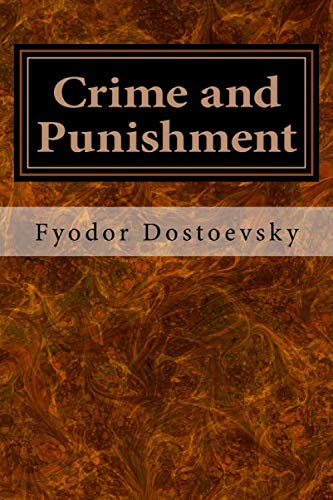Crime and Punishment
by Fyodor Dostoyevsky
Translated by Constance Garnett.
Raskolnikov, a former student, lives in poverty and chaos in St. Petersburg. He decides—through contradictory theories, including utilitarian morality and the belief that extraordinary people have the “right to transgress”—to murder Alyona Ivanovna, an elderly pawnbroker. The narrative’s feverish compelling tone and its moving depiction of the recovery of a diseased spirit contributed to its status as a masterpiece. The novel also offers remarkable psychological portraits of the alcoholic Marmeladov and of the vicious amoralist Svidrigailov. Razumikhin exemplifies Dostoyevsky’s conviction that slow, steady, hard work is the right approach to life, and the author deliberately made Sonya an idealized symbol of pure Christian goodness. Crime and Punishment was originally published serially in a literary journal before appearing in book form in 1867. (https://www.britannica.com/topic/Crime-and-Punishment-novel)
Published: March 26, 2006
Publisher: Project Gutenberg
Tags: consequences, morality, psychological conflict

